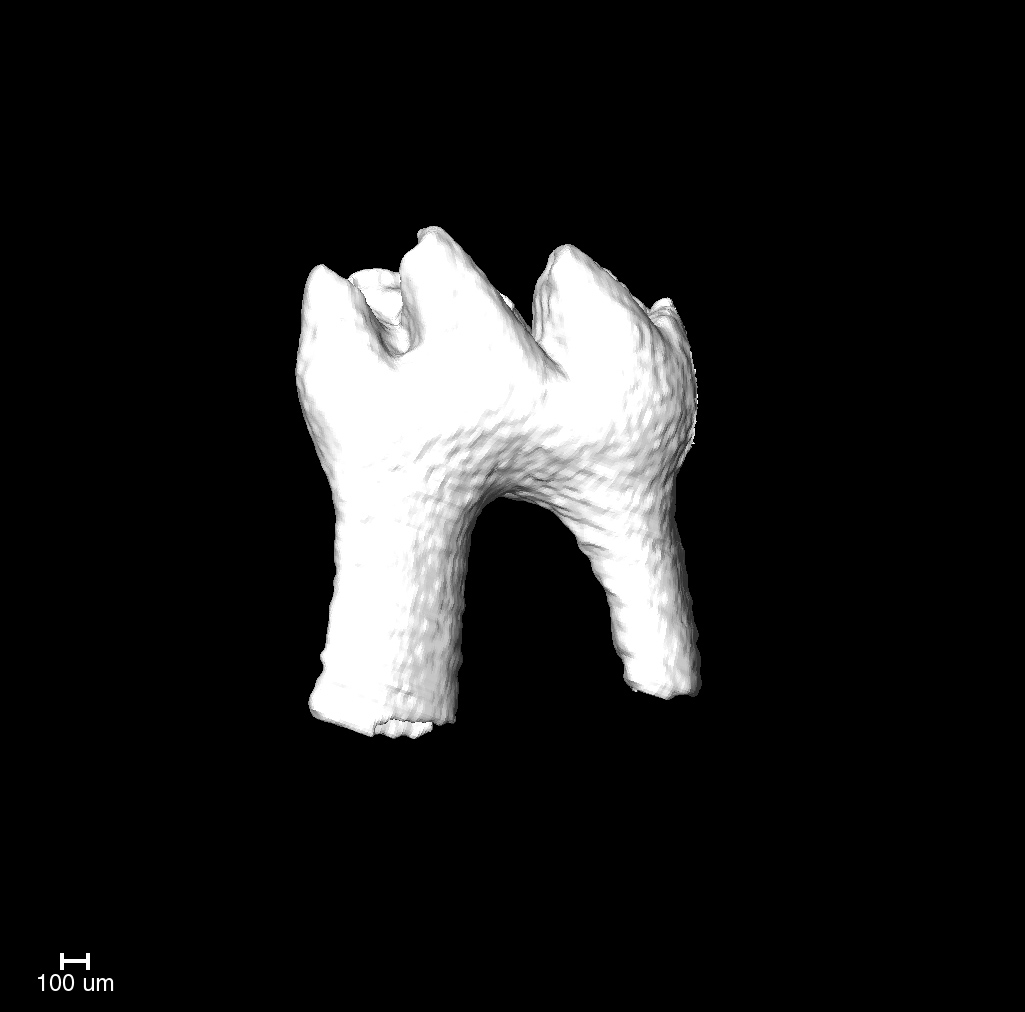USC collaboration helps FaceBase reach 1,000-dataset milestone

Posted
23 Nov 21
The data repository allows craniofacial scientists to share data, which could ultimately lead to improved care for patients with craniofacial developmental disorders.
RAPID TECHNOLOGICAL DEVELOPMENTS IN THE PAST DECADE have allowed scientists to generate more data than ever before. At the same time, increased calls for transparency, reproducibility and data sharing in the scientific community have made it increasingly important to store data for posterity — and to serve as a springboard for future discoveries.
Enter the FaceBase Consortium, a data-sharing community geared specifically for craniofacial and dental researchers, supported by the National Institute of Dental and Craniofacial Research (NIDCR). Since 2014, a team of USC scientists have been charged with developing the FaceBase Hub and curating data contributed to the repository.
These efforts are led by Yang Chai PhD ’91, DDS ’96, university professor, associate dean of research for the Herman Ostrow School of Dentistry of USC and director of the Center of Craniofacial and Molecular Biology; and Carl Kesselman PhD, professor at the USC Viterbi School of Engineering Department of Computer Science and director of the Biomedical Data Center at USC’s Information Sciences Institute.
In November 2021, FaceBase marked a major milestone: the 1000th dataset made public through the repository. Fittingly, considering USC’s leading role in the consortium, dataset No. 1000 represents an effort led by Gage Crump PhD, professor of Stem Cell Biology and Regenerative Medicine at the Eli and Edythe Broad CIRM Center for Regenerative Medicine and Stem Cell Research at USC. Postdoctoral fellow Peter Fabian, graduate student Kuo-Chang Tseng, and collaborator Steve Twigg (Oxford University) contributed to the project, which analyzed the transcriptomes of cells from the cranial sutures of developing mice.
Comprehending the cranial sutures on the cellular level is crucial for understanding the etiology of craniosynostosis (premature fusion of the sutures), a birth defect that may occur on its own or as part of numerous genetic syndromes.
As FaceBase expands beyond the first thousand datasets, its ability to transform the study of craniofacial and dental development will continue to grow, leading to new scientific discoveries and ultimately to improved care for patients suffering from birth defects and developmental disorders affecting the craniofacial region.